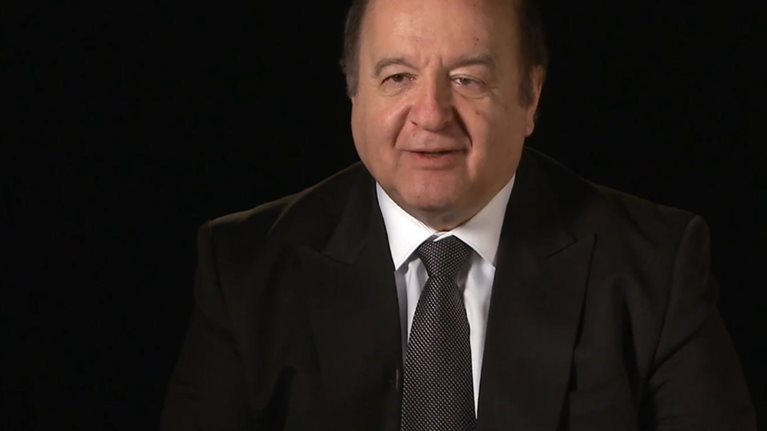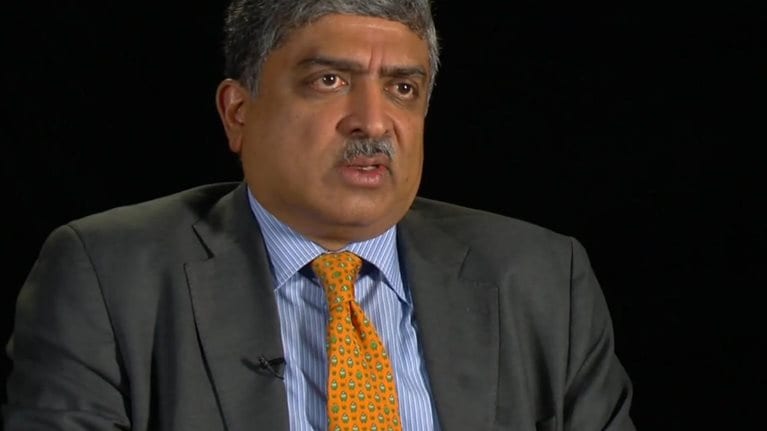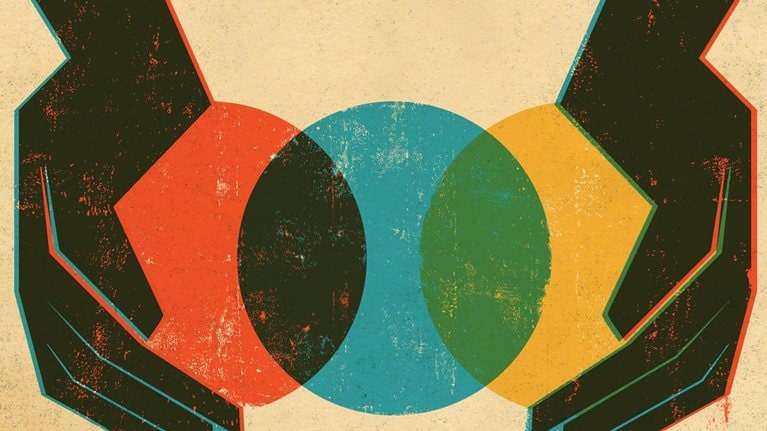McKinsey: Enrollment in the ID program began in September 2010, and today more than 200 million Indians are in it. Why have so many people enrolled?
Nandan Nilekani: Well, identity rights are very important for participation in the formal economy. Having a document that proves your identity is the basis for owning property. It’s the basis for getting basic entitlements or pensions or scholarships. It’s the basis for travel. India is becoming more of a migrant society—people are moving from villages to cities, from north to south, from central to coastal India. And when they move, they have to prove to the local establishments who they are, or else they can’t open a bank account, buy a mobile connection, or get a job.
The West has fairly well-developed ID systems. In India, we have around 25 million births a year, but as recognized in the UNICEF report,1 many births are unregistered and there is no equivalent of a Social Security number, as in the United States. Thus many Indians don’t have any document that proves their existence vis-à-vis the state government. That’s the basic problem we’re trying to solve. But the game-changing dimension of our ID platform is that it’s digital.
McKinsey: What impact has the program had on India's government?
Nandan Nilekani: It will have a huge impact on public-service delivery and, in turn, on residents’ satisfaction with the way government works. The platform we created is an open API,2 so other entities—say, banks and telecom companies—can embed our APIs to verify someone’s identity before that person withdraws money or buys a SIM card for a mobile phone. So, for example, if a person is entitled to a pension, all the government has to do is say, “Send this amount to this ID number.” That ID number translates into a bank account, and the money gets credited to the account. The government doesn’t even have to know where the bank account is. Residents will be empowered because they’ll be able to access public services from anywhere. We can authenticate a person online, so services can be delivered online, via mobile phones, or at physical service-delivery locations.
McKinsey: Bringing banks and telcos into such a consortium has raised concerns about privacy and civil liberties. How are you addressing those concerns?
Nandan Nilekani: We used a lot of design principles to make the ID system as privacy enabled as possible. For example, the information we collect from individuals is very simple: just the name, address, date of birth, and gender, with e-mail addresses and phone numbers optional. We also have biometric data, but we use this only to prevent duplication (to make sure a person gets only one unique ID number) and also for authentication. We don’t share people’s data with banks; the banks’ data isn’t shared with the ID system. So whether a person is withdrawing 100 rupees or 1,000 rupees is known only to the bank. You can think of it as a federated architecture, where each player knows only his or her part of the activity.
McKinsey: What does it take for a federated architecture such as this to work?
Nandan Nilekani: There are two big components to our system: the enrollment system and the authentication system. The enrollment system is a distributable, scalable architecture; we have our technology platform running in about 27,000 locations. The enrollment data is encrypted and then sent to our database for issuing unique ID numbers, so that requires massive back-end computing facilities. The authentication system, however, is cloud based. An authentication request—from a bank, for instance—would come over the mobile network. We verify that person’s identity, and we send the answer back.
McKinsey: It sounds like big data plays a role in making this work?
Nandan Nilekani: You can’t manage 27,000 enrollment stations, around 50,000 operators, and a million enrollments a day without big data. At any given point, we can say how many people enrolled, where they enrolled, how long each biometric capture took, how many retries the operator had to do per enrollee. We have that level of granularity in our performance data analytics so we can distinguish good operators from bad operators—which is important because we pay them based on how many people they enroll. Big data is crucial to performance management.
Also, we intend to publish our enrollment data after it has been made anonymous. If somebody wants to analyze enrollments by state, gender, or age, they can just download our data, which is machine readable. You can find out, for example, that a particular region is underserved, because the number of authentication requests from that region is low. As the system matures, there’ll be more of this type of analysis. And again, it’s a balance between enabling such analysis and protecting privacy.
McKinsey: How will you measure the progress of the ID program? In two years, what will you be looking for to declare it a success?
Nandan Nilekani: You’re asking me to make forward-looking statements, something I avoided at my old job. But I’ll make one now—our goal is to have at least half a billion people on the system by 2014, which will make this one of the world’s largest online ID infrastructures. That’s one metric of success.
A second measure of success is to have two or three major applications of this ID infrastructure. The government can use it for electronic benefits transfer—that is, to pay out entitlements, pensions, and other benefits. The government can also use the system for subsidy transfers. Half of the $60 billion the Indian government spends on benefits and entitlements is for subsidies on food, fuel, and fertilizer. The government is looking into converting those subsidies into cash transfers—at least in the case of fertilizer and fuel—as opposed to offering the products at lower prices.
McKinsey: You mentioned your old job. What are some lessons for making major change happen that you have drawn from your experience as an entrepreneur?
Nandan Nilekani: One is the need for speed in implementation—the bias for action. Another is the ability, which is crucial in business, to recognize gaps and niches in the market.
But one area where the public sector is very different from the private sector is the amount of time you have to spend on consensus building and stakeholder navigation. In the private sector, you’re answerable to your management, your board, investors, maybe financial analysts. In the public sector, the number of stakeholders is much larger—the federal government, state and city governments, the media, activists, the public—and they often have different agendas and ideologies. Navigating all this, while preserving the integrity of your approach, requires a lot of negotiation.
McKinsey: You've encountered opposition from certain interests. How have you dealt with that?
Nandan Nilekani: Obviously, a transformational change like this will meet resistance from certain groups. To overcome barriers, what we try to do, first of all, is to make the people our champions. The people who enroll in the system become the voice of the system. Part of our strategy is to link the ID to benefits because, fundamentally, the ID is optional. So we’re taking a benefits-oriented approach—for example, if there’s an immunization program that requires an ID, then all the children required will get the ID. Another part of our strategy has to do with speed of execution. We launched the platform in 14 months, and as you mentioned we’ve already enrolled 200 million people. A third thing is that we’ve tried to create a “coalition of the positive.” A lot of people now have a stake in the success of this project. Banks and telcos, for example, have an interest in helping us make it work.
McKinsey: Other countries are experimenting with digital-ID programs and are trying to scale them. What advice can you give these countries?
Nandan Nilekani: They should have a scalable architecture right from the beginning. We could scale to 27,000 enrollment stations in one year because we built an entire ecosystem—there was a software platform, a hardware platform, a training platform for operators. We had many partners so that the load would get shared. We did a lot of things architecturally to drive scale.
But what’s equally important is that we expect to see a lot more innovation because of the platform’s open API. That’s the best way to do this: the government builds the platform but makes it open so that individual creativity and entrepreneurship can build more solutions.
Ultimately, what we’d like to accomplish in this role is to create a thriving application ecosystem around the platform. Over the next few years, we’d like to see more apps developed by both the public and private sectors—and the fact that so many people are enrolled in the system will, we hope, spur more developers to build applications. We want to create a virtuous cycle between applications and enrollment. We also want to make sure that there’s a sustainable organization that can continue to deliver on the promise of this transformational project.


